Gelatin is not a substance that occurs free in nature; it is a water-soluble protein, derived from the extraction of collagen found in animal skin, bones, hides and tendons. It is generally taken from the collagen of healthy animals certified for human consumption. It cannot be extracted from horns, hooves or other body parts of animals that do not contain collagen. Gelatin is not found in plant sources or vegetable sources like seaweed extracts. There are two types of gelatin: Type A from pig skin and Type B from beef skin.
Food Applications
Gelatin plays an important role in many different foods. In bakery products it has a unique function, helping to sustain sugar's crystal-like shape and to stabilize the liquid phase of various bakery products like icing, cream fillings, glazes and marshmallows. It is used with mousses and whipped toppings for its whipping and stabilizing functions. It is used in canned foods like hams to congeal the juices that get extruded during the processing stage.
Industrial Applications
In pharmaceutical industries, gelatin is useful in making hard and soft gel capsules. Stainless steel pins are dipped into gelatin solutions to form hard capsules, which are then set by blasting them with chill air. The moisture is removed and the two halves of the capsule are joined together. It is as an important part of the process that makes synthetic polymers and latexes, functioning as a protective agent to prevent coagulation of the polymer and latex particles. It is used in hair care products, cosmetics, textiles and paper making.
Armaments Applications
A professional grade of gelatin is used by various law enforcement entities, military and ammunition manufacturers for testing purposes. Gelatin has properties that enable it to function as a simulation of human body density. It is used to test the effectiveness of ammunition in hunting, crime-stopping applications and military applications. Gelatin in block form is used to provide information to law enforcement agencies because of its ability to closely mimic human flesh. It also has a consistently high clarity which allows observation and photography of projectiles, penetration and fragmentation.
Photography Applications
Dr. Richard Maddox is believed to be the first person to suggest the use of gelatin in photography. He advocated coating a glass plate with sensitizing chemicals and putting it in gelatin instead of collodion emulsion. The gelatin used in the photography industry comes primarily from beef bones. Gelatin functions as a bonding agent for the various layers in celluloid film. A photographic grade of gelatin has several applications in a photographic product including use in anti-halogen layers, non-curl layers, sub-coating layers, coating layer and the silver halide emulsion layer.
Related Articles

What Is Glycerine Used For?

Ingredients of Gelatin

Merle Norman Ingredients
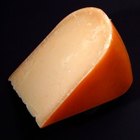
What Is Animal Rennet?

What Are the Ingredients in Proactiv?

How to Make Homemade Lotion With ...

What Are the Functions of Keratin?

What Are the Benefits of Torula Yeasts?

How to Treat a Cracked Nail
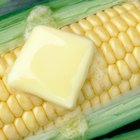
Common Food Emulsifiers

The Manufacturing Process of Cosmetics
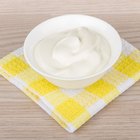
What Are the Ingredients in Yoplait ...

Essential Enzymes for Hair Growth

No-Tweeze Hair Remover Instructions

List of Retinoids

Does Cream of Tartar Contain Dairy?

What Are the Ingredients in Elizabeth ...
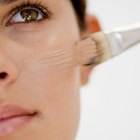
Ingredients in Maybelline Foundation
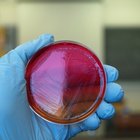
Uses of Saltpeter in Food

Skin Care Products That Contain ...
Writer Bio
Frank Howard has been a professional writer for more than 20 years, working with Metro Publications and Penguin Group. He is now part of the Metro Publications creative team, where he creates fictional stories for kids. Howard has a master's degree in creative writing from City University London and bachelor's degree in journalism from the University of Leeds.